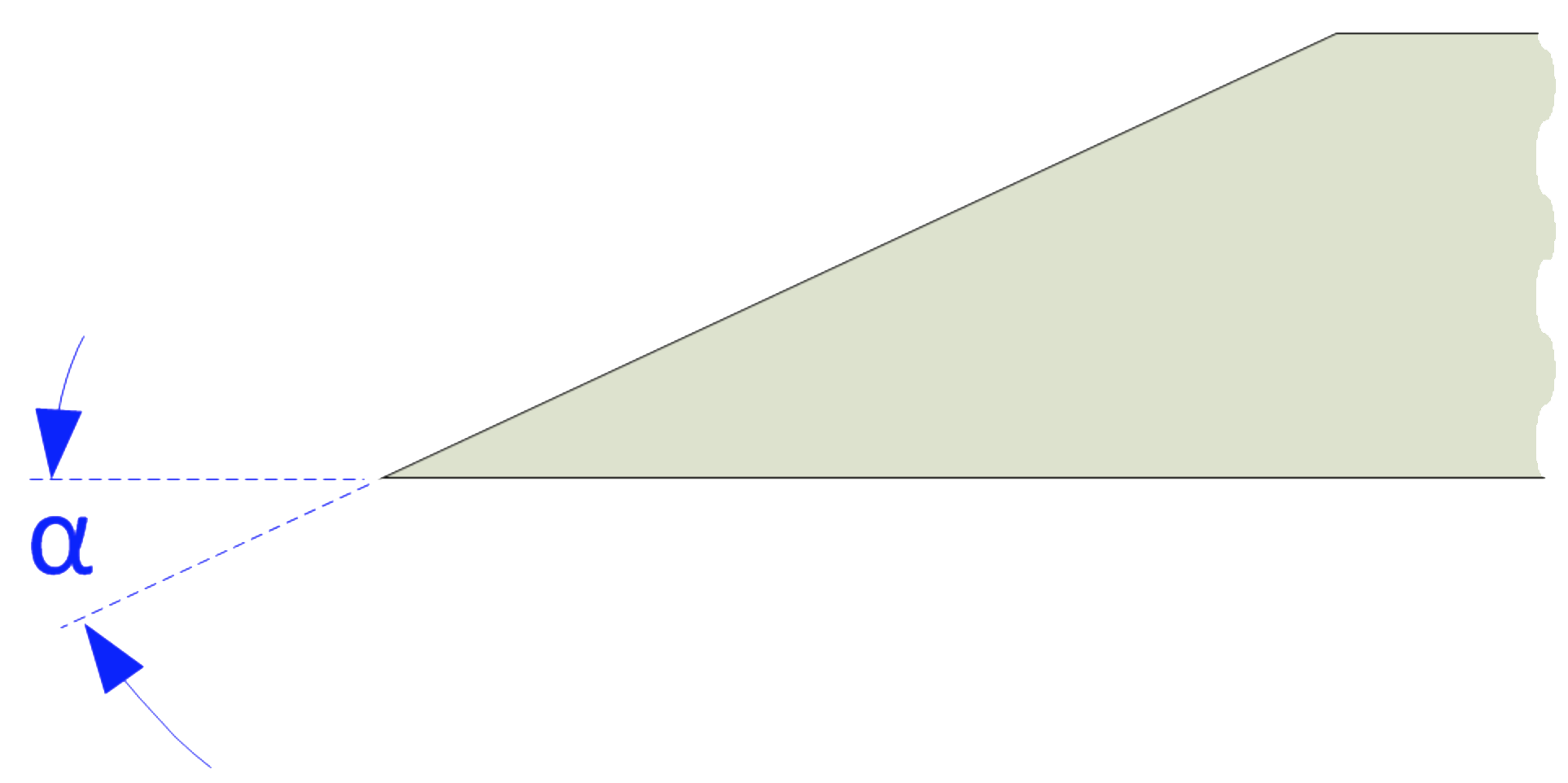

|
|
Strawberry Pruner |

Edge to be Sharpened

Edge Angle
A Strawberry pruner is used to easily remove the strawberry plant's runners. As Liberty Hyde Bailey noted, it (cuts) “the runners from strawberry plants, one thrust of the implement leaving the hill in proper size and shape.”
I recommend sharpening the outside perimeter of the cutting edge (the red part in the picture to the right). This is much easier and safer than trying to sharpen the inside edge.
A 6" smooth cut machinist’s hand file is useful to carry in your gardening tools box. Use it to resharpen the strawberry pruner as needed throughout the gardening activity.
|
The greatest gift of the garden is the restoration of the five senses.
Hanna Rion |
This tool is one I first encountered in The Pruning Book by Lee Rich. Lee merely noted that it was better explained in The Pruning Manual by L.H. Bailey. (Both books are noted below in the More Information section.)
These tools will certainly be old. The metal in the cutting edge will probably be high carbon steel, so be very careful if using any grinder for changing the shape of the edge. If it gets too hot, the temper of the metal can be easily lost.
Use a machinist’s hand file.
Sharpness scales (as shown in the grey icon to the left) are used to indicate the recommended sharpness for the blades noted above. You can click on any of the icons showing the sharpness scale and be redirected to the page describing this more. Lower numbers are duller; higher numbers sharper.
These are general recommendations; you will need to use your own judgment, based on the knive’s intended purpose.

Fig. 220. Strawberry Pruner
Figure 220 from Bailey's book is shown to the right. I believe that the insert to the image (shown on the right) is possibly denoting that a second handle is sometimes attached to the vertical shaft to make this tool easier to use. This is probably needed as one cannot step onto the top of the cutter as with a bulb planter.